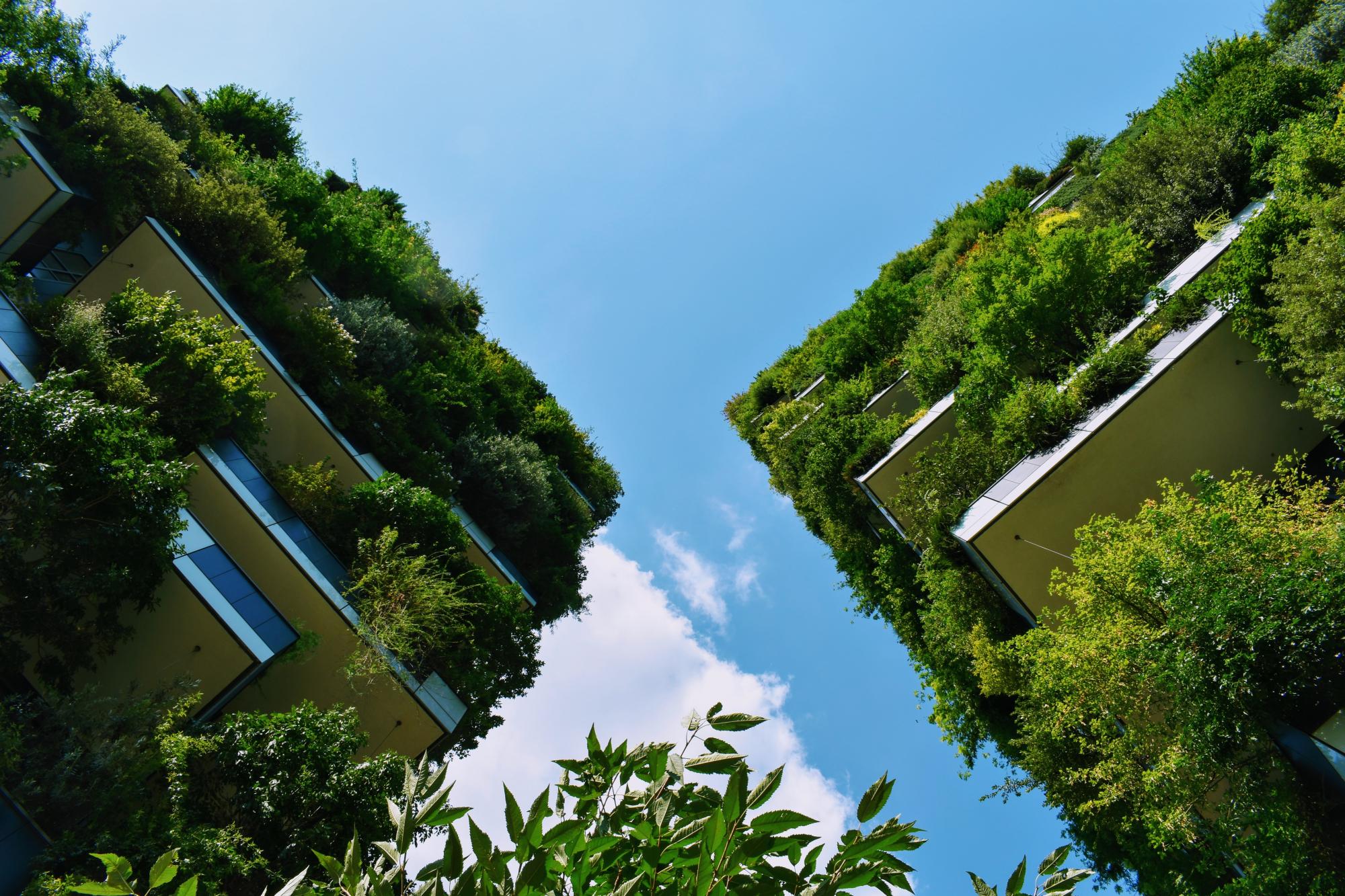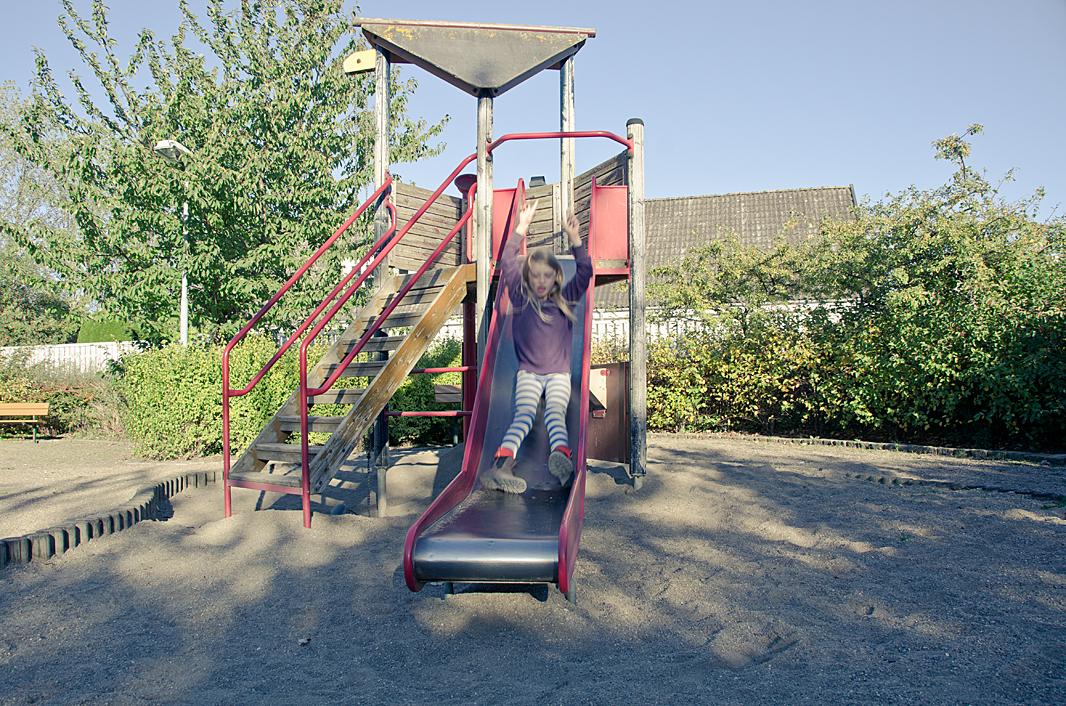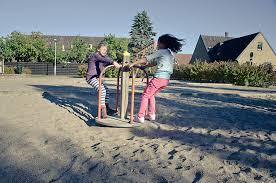Last updated: October 2021
The Street Office (Gatukontoret) and VA Syd rebuilt Fjärilsparken (The butterfly park) in Bunkeflostrand (Malmö). For the shallow stream that runs through the park the slopes of the dikes have been made flat, meadow vegetation and wetland-plants planted in the wetlands. An area east of the park was built with houses and stormwater was managed in new ways (ref. 1). Opening the park up to the sea, flower beds were planted for richer plant and wildlife, butterfly-attracting plants were planted, lighting for safety was installed and areas with benches and bridges were created (ref. 1).
Overview
Nature-based solution
- Grey infrastructure featuring greens
- Blue infrastructure
- Riverbank/Lakeside greens
- Parks and urban forests
- Large urban parks or forests
- Coastal wetland, mangroves and salt marshes
- Green areas for water management
- Sustainable urban drainage systems
Key challenges
- Water management (SDG 6)
- Flood protection
- Stormwater and rainfall management and storage
- Green space, habitats and biodiversity (SDG 15)
- Habitat and biodiversity conservation
- Green space creation and/or management
- Social justice, cohesion and equity (SDG 10)
- Social interaction
- Health and well-being (SDG 3)
- Enabling opportunities for physical activity
- Creation of opportunities for recreation
- Economic development and employment (SDG 8)
- Real estate development
Focus
Creation of new green areas, Protection of natural ecosystems, Management and improved protection of rivers and other blue areas
Project objectives
The reason for the re-building of the park was that an area east of the park would, in the future, be built with new houses. This means that the stormwater must be managed in new ways. The water was therefore led through the shallow stream which opens up into wetlands where the stormwater is delayed, before it finally reaches the sea. This provided a natural way of maintaining the nutrients from the stormwater (ref. 3).
Implementation activities
Meadow vegetation has been planted, as well as wetland plants (e.g. to clean the rainwater before it reaches the sea).
The western parts of the park has been opened up to the coast, creating better visual contact with the sea.
Flower beds that benefit a richer plant and wildlife, as well as plants that attract butterflies have been planted.
Special lighting to make it feel safe in the evening has been installed.
Furthermore, new meeting areas with benches and bridges have been set up.(Ref. 1)
The park also has a tennis court, a field hockey field for the little ones and a boules court. (Ref 2)
Biodiversity conservation or restoration-focused activities
Biodiversity conservation:
- Protect and enhance urban habitats
- Preserve and strengthen existing habitats and ecosystems
- Create new habitats
- Protect species
- Undertake specific measures to protect species
- Undertake specific measures to protect valued species
Main beneficiaries
- Local government/Municipality
- Citizens or community groups
- Young people and children
Governance
Management set-up
- Co-governance with government and non-government actors
Type of initiating organisation
- Local government/municipality
- Public sector institution
Participatory approaches/ community involvement
- Unknown
Details on the roles of the organisations involved in the project
The Street office (Gatukontoret - Streets and Parks Department, Malmo) in the city of Malmö and VA SYD (VA SYD is a regional water and sewer public organisation in Southwestern Scania (ref. 3)) re-built the park together. Furthermore, the Gatukontoret was responsible for the detailed design of the e.g. dike/stream. (Ref. 1, 3)
Project implemented in response to ...
... an EU policy or strategy?
Unknown
... a national policy or strategy?
Unknown
... a local policy or strategy?
Yes
(Residential development/housing plans mentioned in comprehensive planning for Malmö City, this was the reason for the re-building of the park (Ref. 4, 1))
Financing
Total cost
Unknown
Source(s) of funding
- Public local authority budget
Type of funding
- Earmarked public budget
Non-financial contribution
Unknown
Impacts and Monitoring
Environmental impacts
- Water management and blue areas
- Improved water quality
- Increased protection against flooding
- Improved stormwater management
- Enhanced protection and restoration of coastal and marine ecosystems
- Green space and habitat
- Promotion of naturalistic styles of landscape design for urban development
- Increased green space area
- Increased conservation or restoration of ecosystems
- Increased number of species present
Economic impacts
- Unknown
Socio-cultural impacts
- Safety
- Increased perception of safety
- Social justice and cohesion
- Improved social cohesion
- Improved access to urban green space
- Increased opportunities for social interaction
- Health and wellbeing
- Gain in activities for recreation and exercise
- Other
Type of reported impacts
Achieved impacts
Presence of formal monitoring system
Unknown
Presence of indicators used in reporting
No evidence in public records
Presence of monitoring/ evaluation reports
No evidence in public records
Availability of a web-based monitoring tool
No evidence in public records
References
1. All ti Malmo. (n.d.) Fjärilsparken. Parker. Available at: Source link (Accessed 7 August 2020)
2. Malmö Stad. (2013). av detaljplan för SKOLA VID GOTTORPS ALLÉ i Bunkeflostrand i Malmö. Stadsbyggnadskontoret. Malmö. Available at: Source link (Accessed 7 August 2020)
3. Malmö Stad. (2008) Dagvattenstrategi för Malmö. Available at: Source link (Accessed 7 August 2020)
4. Diva Portal. (2013). Malmö stads översiktsplanering. Available at: Source link (Accessed 7 August 2020)
2. Malmö Stad. (2013). av detaljplan för SKOLA VID GOTTORPS ALLÉ i Bunkeflostrand i Malmö. Stadsbyggnadskontoret. Malmö. Available at: Source link (Accessed 7 August 2020)
3. Malmö Stad. (2008) Dagvattenstrategi för Malmö. Available at: Source link (Accessed 7 August 2020)
4. Diva Portal. (2013). Malmö stads översiktsplanering. Available at: Source link (Accessed 7 August 2020)


